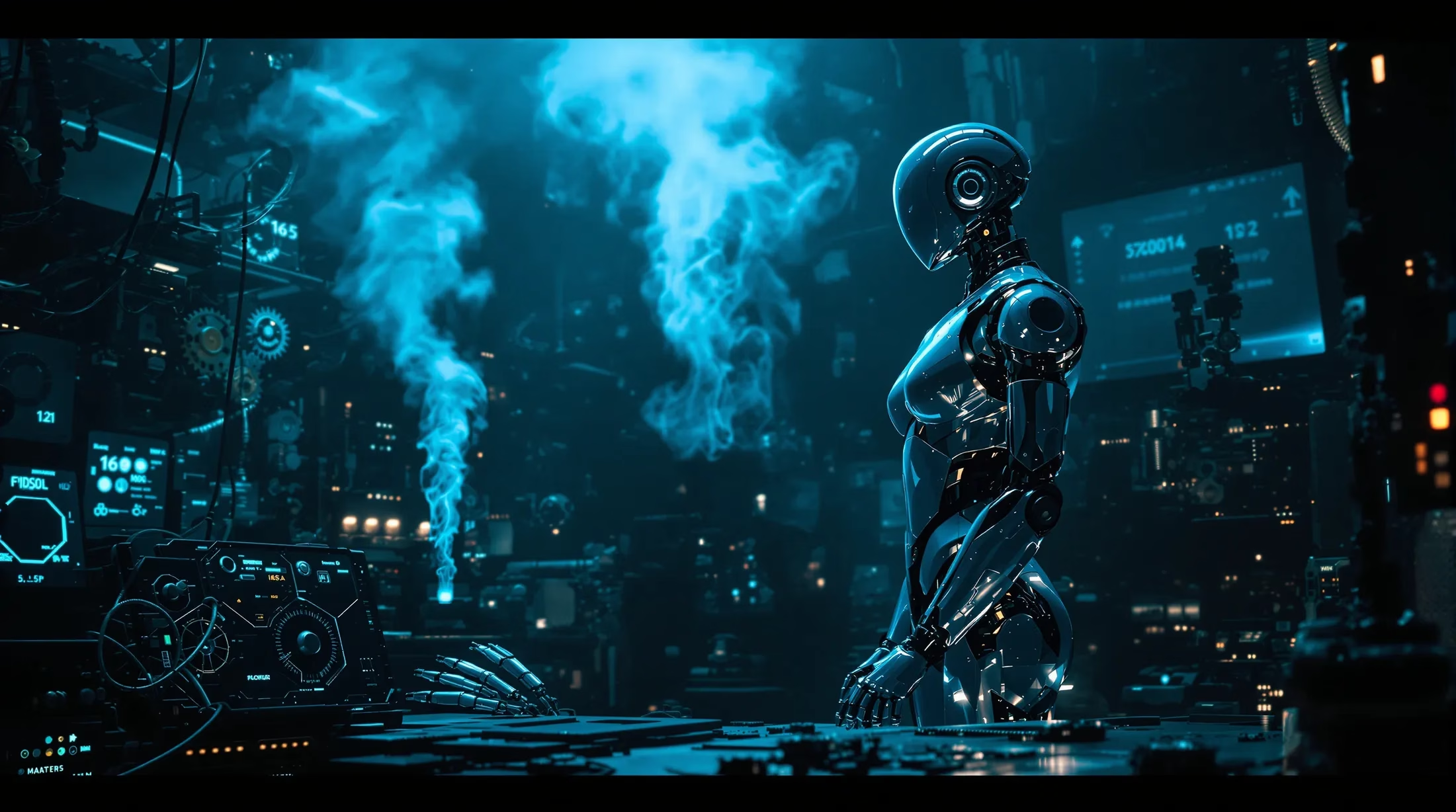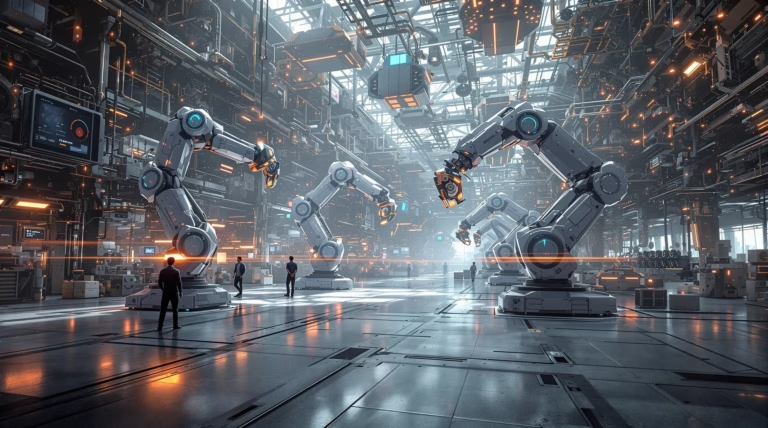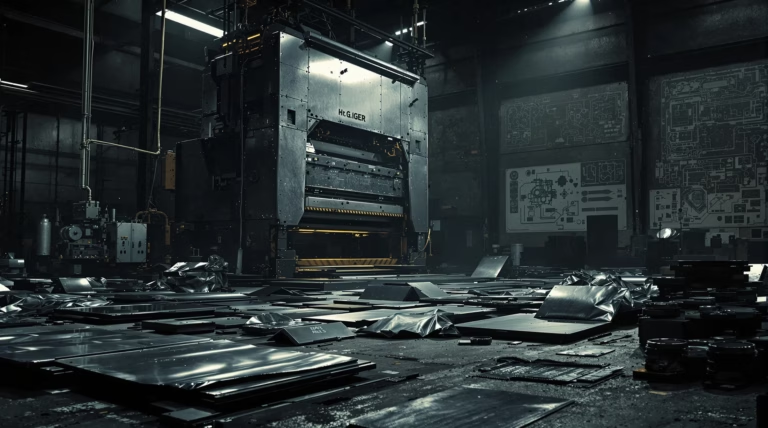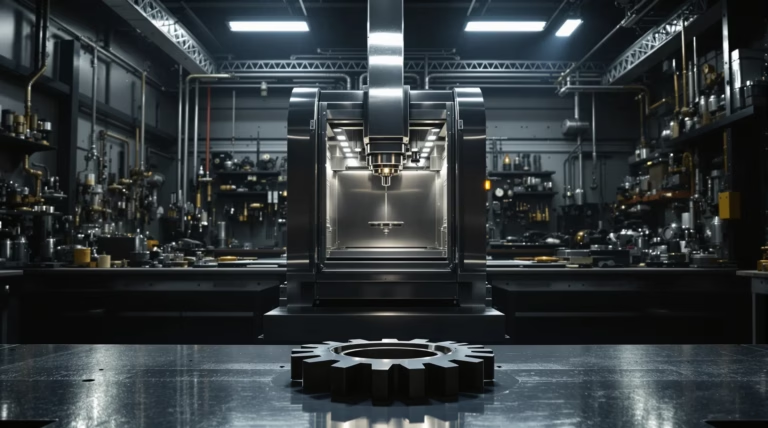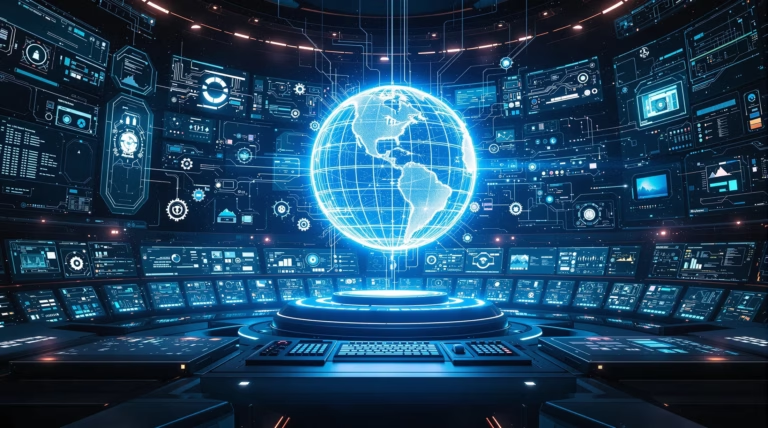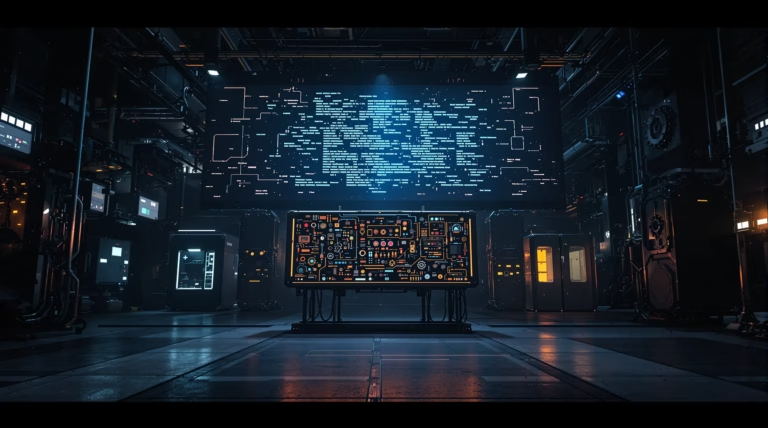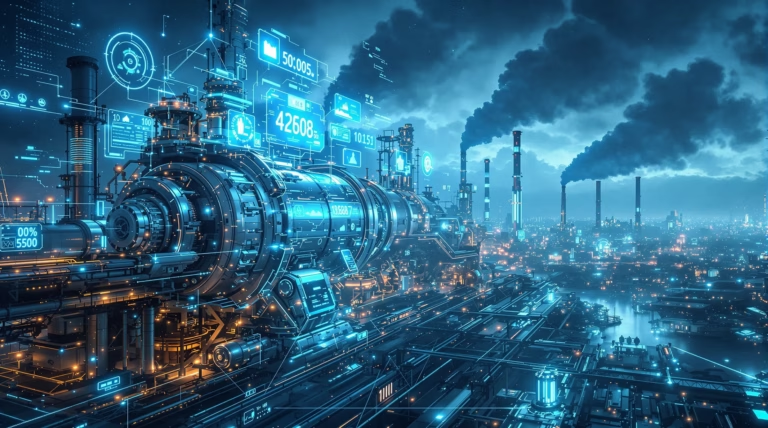Robotics: Exploring the Future of Automation and Technology
Step into the fascinating world of robotics, where innovation meets engineering excellence to shape our technological future. From manufacturing floors to operating rooms, robots are revolutionizing how we work, live, and interact with technology. Let’s explore the comprehensive landscape of robotics and its transformative impact across industries.
Understanding Robotics: A Comprehensive Overview
Robotics represents the interdisciplinary study and practice centered on the design, construction, operation, and use of robots. This dynamic field integrates three fundamental components:
- Electrical systems powering functionality
- Mechanical structures enabling physical movement
- Software providing intelligence and control
As industry expert Camden West emphasizes, “There is always something new to learn in robotics.” Modern robot design incorporates principles from physics, mathematics, and cognitive science, creating increasingly autonomous and efficient machines.
The Evolution of Robotics
The journey of robotics showcases humanity’s persistent drive to create artificial entities that extend human capabilities. This evolution spans from ancient mechanical automatons to today’s sophisticated machines, marked by significant technological leaps.
| Era | Characteristics |
|---|---|
| Early Industrial | Basic functionality, repetitive manufacturing tasks, minimal human interaction |
| Modern | Humanoid features, emotional intelligence, autonomous navigation, multi-industry applications |
Key Disciplines in Robotics
The success of robotics engineering relies on the seamless integration of multiple technical domains:
- Mechanical Engineering – physical structure, movement systems, material selection
- Computer Science – algorithms, programming, computational frameworks
- Electrical Engineering – power systems, circuit design, electronic components
Applications of Robotics in Various Industries
Robotic automation has transformed numerous sectors, offering five key advantages:
- Enhanced movement accuracy
- Increased productivity through continuous operation
- Improved workplace safety
- Accelerated innovation via data collection
- Superior cost-efficiency for repetitive tasks
Robotics in Manufacturing
Industrial robots have revolutionized modern manufacturing through:
- Product assembly automation
- Component sorting
- Precision welding
- Consistent paint application
- Equipment maintenance
Medical and Healthcare Robotics
Healthcare automation demonstrates the versatile applications of robotics technology:
- Minimally invasive surgical procedures
- Automated medication and supply delivery
- Rehabilitation assistance
- Patient emotional support
- Laboratory sample management
Robotics in Agriculture
Agricultural robots represent a technological revolution in farming, addressing critical challenges in modern agriculture. These specialized machines excel in tasks that traditionally required extensive manual labor, bringing unprecedented efficiency to farming operations.
- Primary Functions – automated harvesting, precision weeding, intelligent planting
- Resource Management – optimized water usage, targeted fertilizer application, reduced pesticide consumption
- Navigation Capabilities – centimeter-level precision, GPS-guided operation, autonomous field coverage
- Environmental Impact – minimal soil disruption, reduced chemical usage, improved sustainability
- Operational Benefits – increased crop yields, labor cost reduction, 24/7 operational capability
Precision agriculture powered by robotics integrates advanced technologies to transform traditional farming practices. Aerial drones equipped with multispectral imaging capabilities serve as vigilant field monitors, collecting vital data about:
- Plant disease progression
- Soil moisture distribution
- Nutrient deficiency patterns
- Crop growth variations
- Pest infestation indicators
This comprehensive monitoring system enables early detection and targeted interventions, significantly improving crop health while optimizing resource utilization. The integration of these robotic systems creates more sustainable farming operations capable of meeting increasing global food demands with enhanced efficiency and reduced environmental impact.
Emerging Trends in Robotics
Several transformative trends are reshaping the robotics landscape. Autonomous mobility is advancing rapidly, with robots developing unprecedented capabilities to navigate complex, dynamic environments without human intervention. This autonomy extends beyond physical movement to decision-making processes, where robots can increasingly assess situations, adapt to changing conditions, and optimize their own performance through machine learning algorithms.
- Advanced AI Integration – enhanced environmental perception and pattern recognition
- Healthcare Innovation – precision surgery systems and automated diagnostics
- Smart Home Integration – automated security and energy management
- Personalized Assistance – customized entertainment and elder care solutions
- Adaptive Learning – real-time optimization and performance enhancement
Challenges and Opportunities in Robotics
| Challenges | Opportunities |
|---|---|
| Regulatory framework limitations | Innovation in safety standards and ethical guidelines |
| Power efficiency constraints | Advancements in battery technology and materials science |
| Cost-effectiveness barriers | New market creation and entrepreneurial ventures |
| Adaptability limitations | Enhanced AI and machine learning solutions |
These challenges present substantial opportunities for innovation and growth. The push toward sustainable and energy-efficient robotics is driving technological advancement across multiple domains. Organizations successfully navigating these challenges while capitalizing on emerging opportunities will lead the next wave of robotics innovation, creating systems that enhance productivity while addressing critical human needs.

